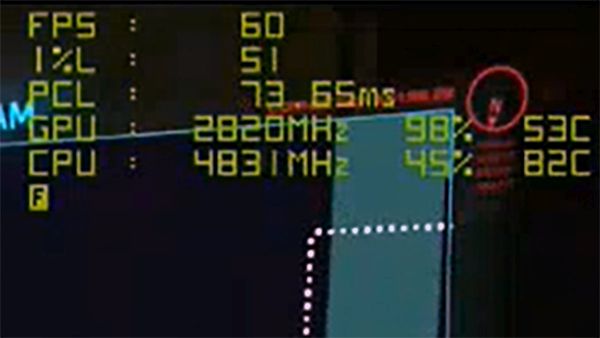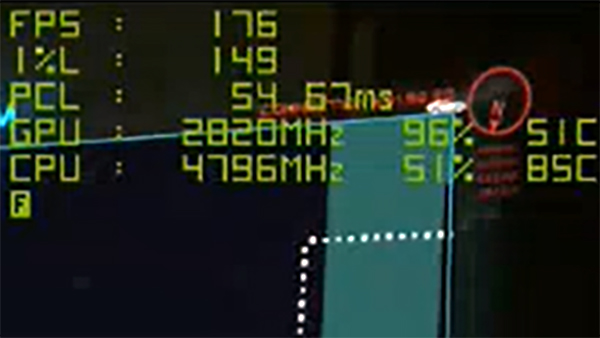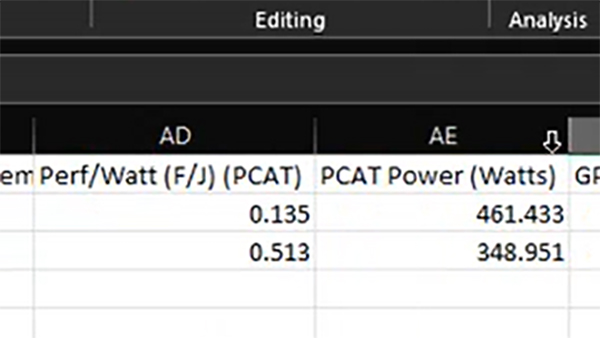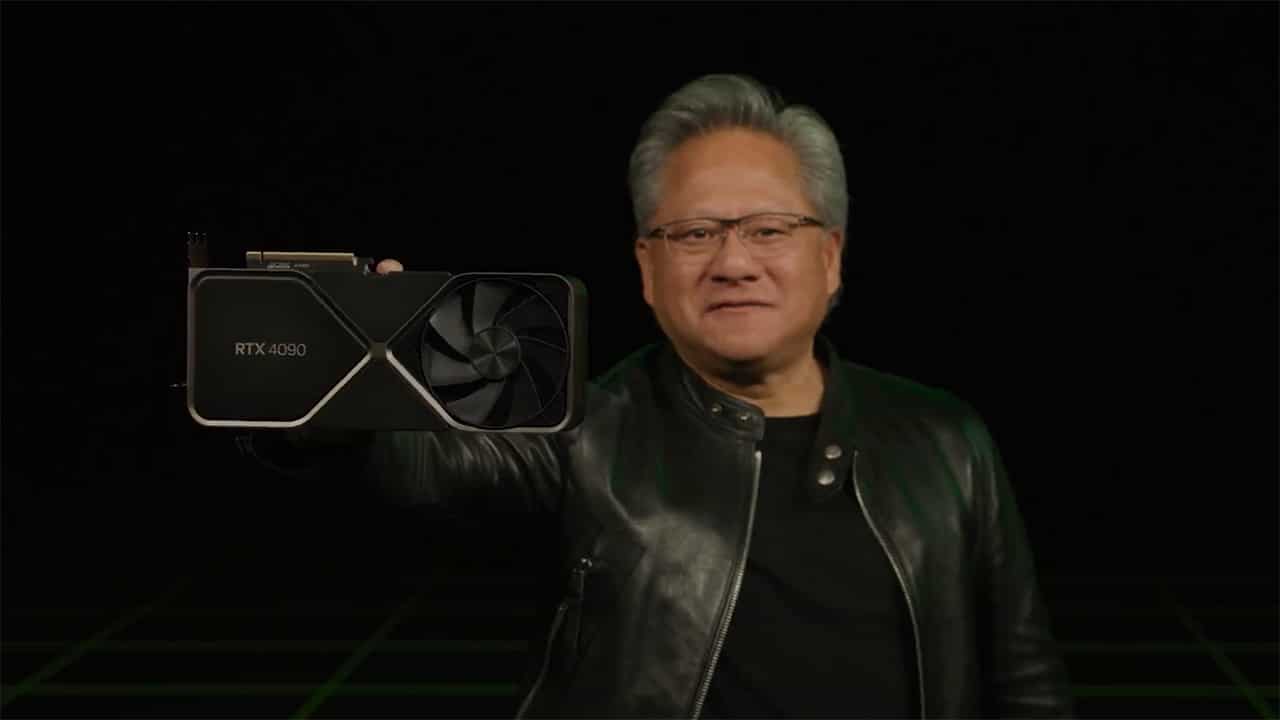GeForce RTX 4090 FE, a demo of Cyberpunk 2077 reveals interesting details on clock, temperatures and consumption
Looking forward to get your hands on GeForce RTX 4090the first new generation home video card NVIDIAeveryday let’s discover some detailsme more on the performance of the new architecture and how it works (note: the launch article is constantly updated).
In the past few hours NVIDIA has specified what it means by performance from 2 to 4 times higher than the Ampere generation, but more than the graphs and the bars are the real demonstrations that can give us an idea of what to expect from the Ada Lovelace project.
While attending a session with the NVIDIA technical team and other colleagues, we witnessed one demonstration of DLSS 3 with Cyberpunk 2077 from which interesting details emerged (which we will later verify in the editorial office) on the behavior under load of the GeForce RTX 4090 Founders Edition. During the demonstration, NVIDIA used FrameView to illustrate the capabilities of DLSS 3, thus allowing us to glean some technical details.
Which? For example, in that test the GeForce RTX 4090 Founders Edition’s GPU has stably operated at over 2800 MHza frequency much higher than the boost clock declared by NVIDIA of 2520 MHz. Don’t be surprised, the algorithms that manage the clock increases of the graphics chips are known to go beyond the indications of the manufacturers, as long as there is the margin in terms of temperature and power to do it.

And in this case, with an operating temperature of approx 50-55 °C, the GeForce RTX 4090 FE in Cyberpunk 2077 seems to let the algorithm loose. During the launch keynote, the CEO of NVIDIA had stated that in the laboratory NVIDIA has brought the architecture to run at over 3 GHz, so the data shown by FrameView seems plausible.
The test, carried out in 1440p with RT Ultra and Psycho settings (maximum), it also tells us that the game at native resolution is maintained around 60 FPS on average with a latency of 70-75 ms for the whole PC (equipped with a 12900K from Intel). By activating the DLSS 3 (with Reflex) on Quality, the frame rate jumps to about 170 FPS on average and the system latency drops to approximately 53 ms.

The leap in terms of average FPS and the reduction in system latency are very interesting, but there is more: using a new version of PCAT, a hardware solution that allows you to track consumption in a precise way, the GeForce RTX 4090 FE has touched an average of 461W during the session without DLSS, dropping to 348W with the technology active.

It therefore seems that the use of DLSS and Tensor cores is a panacea for consumption, perhaps even more than in previous generations. An aspect that, of course, we reserve the right to test as soon as we have the card available.















